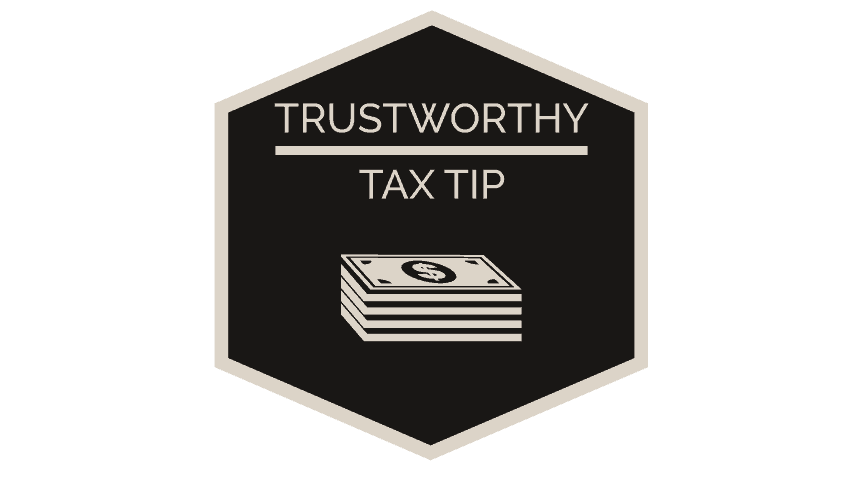
A GUIDE FOR PREPARING ESTIMATED TAXES
Taxes can be confusing – especially if you are a new entrepreneur.
A key component of business taxes is estimated taxes and tax payments.
When you are an employee, taxes are pretty straight forward.
You work.
Your employer withholds taxes on your behalf and sends them off to Uncle Sam, and your state (if you live in a state with income tax).
At the end of the year you square up with the government and you either pay some more, or get a refund if you overpaid your taxes.
When you have a business it’s not that straightforward.
You earn money, and hopefully make a profit.

Any profit you make is subject to taxes.
But Uncle Sam – and your state – is smart. They don’t want to wait to get any money due to them once a year when you file a tax return.
Nope. They want that money as soon as they can get their hands on it.
That’s where estimated taxes come into play.
If your business is making money, you must make estimated taxes to the government every quarter.
The amount of money you pay is USUALLY based on your last year’s tax return.
For example, if you owed $4,000 in federal taxes during the previous tax year, your estimated tax payment will be $1,000 per quarter….or $4,000 for the year….the exact amount you owed for the prior year.
But this planning method can be FLAWED. Especially if your business sees a huge spike in sales – or a huge dip in income.
For this reason it’s a really good idea to keep your bookkeeping up to date. I
f you use QuickBooks you can run what is called a Comparative Profit and Loss. This will let you see – exactly – how much more, or less, money if you have earned in a year.
This is really helpful because you can send this report off to your CPA once a quarter, or every six months, and have your estimated tax payments analyzed.
You want to make sure you aren’t paying too much, or worse too little (if you pay too little you are in for a BIG BAD tax bill when you file your taxes).
Clients often ask me how much they should save for taxes. My personal benchmark is always 30%. It’s a LOT for sure.
But if you end up with extra money in your tax savings account, talk to your CPA about using that overage for retirement savings – that might have a tax benefit (woot woot!).

The quarters are:
Q1 (Quarter 1) = Jan 1 – March 31
Q2 = April 1 – June 30
Q3 = July 1 – Sept 30
Q4 = Oct 1 – Dec 31
The quarterly payments are due
- Q1 – April 15
- Q2 – June 15
- Q3 – Sept 15
- Q4 – Jan 15
